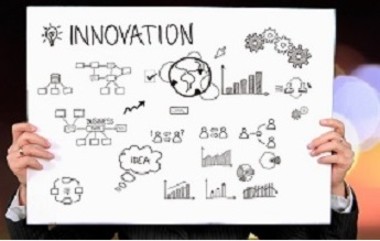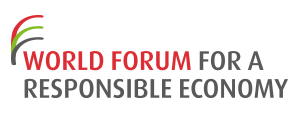Since 1969, Aquafil has been one of the leading players, both in Italy and globally, in the production of Polyamide 6. With 15 production plants in 8 countries on 3 continents, Aquafil employs 2,400 people and recorded an EBITDA of €53 million and a turnover of €472.1 million in 2013. Its mission is to be the leader in the production of synthetic fibers by concentrating resources, ideas and investments on excellence with the focus of environmental, social and corporate sustainability.
The Group operates through two product business units:
• BCF: production of filaments for textile floorings
• NTF: synthetic fibers used in the apparel and sports industries
The Energy and Recycling business unit launched in 2008 to take real measures to protect the environment. This division supports all Group manufacturing units in order to promote sustainability principles, energy saving and the use of recycled materials. In 2011, the Energy and Recycling business unit launched the ECONYL® project to produce nylon yarn from regenerated waste materials




